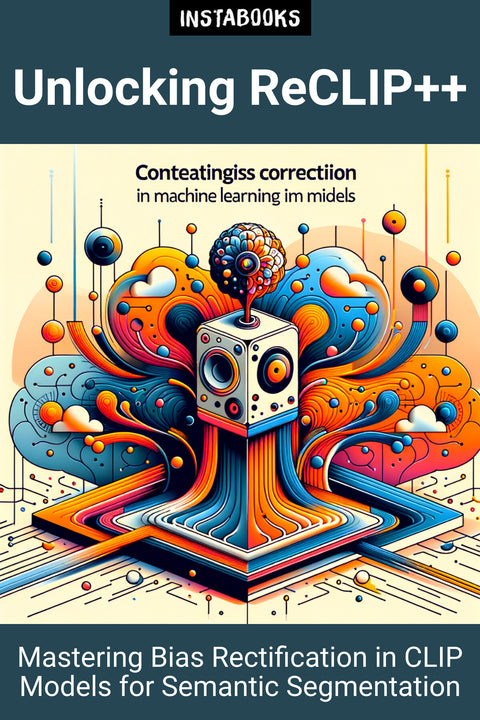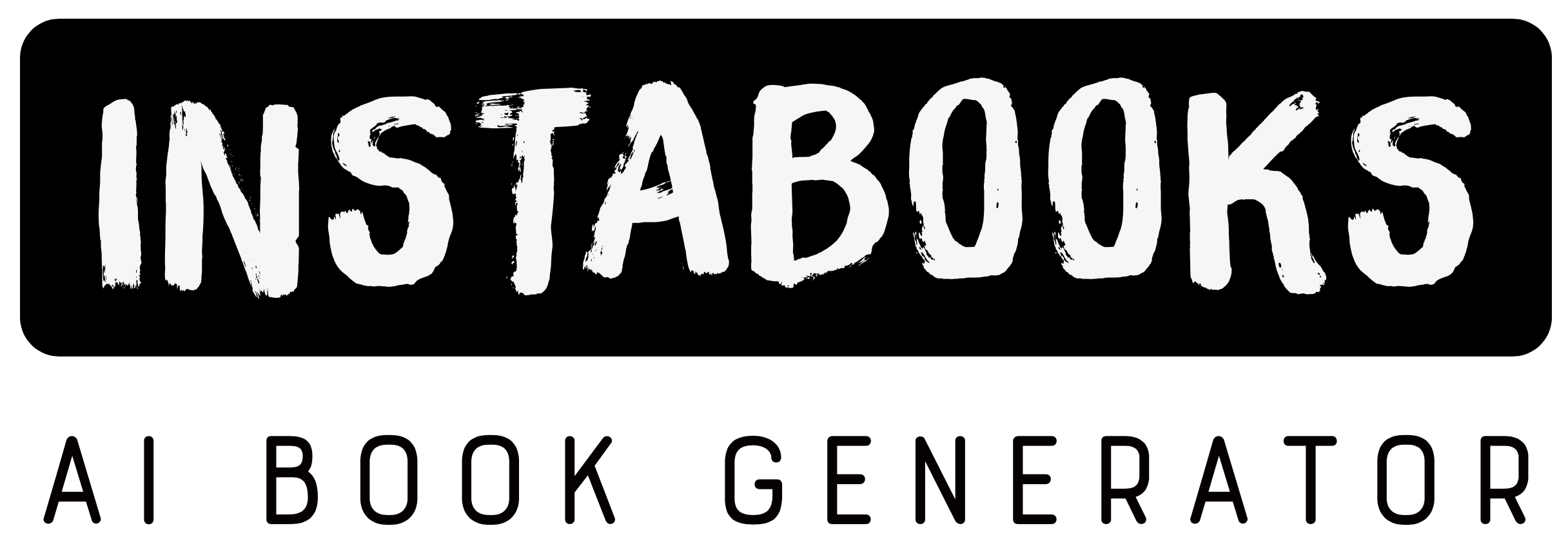
Instabooks AI (AI Author)
Unlocking ReCLIP++
Mastering Bias Rectification in CLIP Models for Semantic Segmentation
Premium AI Book (PDF/ePub) - 200+ pages
Introduction to Bias in CLIP Models
Discover how biases embedded within CLIP models can drastically affect unsupervised semantic segmentation tasks. These tasks require labeling pixels in images semantically, without annotations. Through ReCLIP++, this book addresses the class-preference and space-preference biases that hinder model performance, providing a unique perspective on navigating and rectifying these biases in practical scenarios.
In-Depth Exploration of Bias Modeling
The book delves deeply into class-preference and space-preference biases, offering revolutionary methods to model and rectify these biases. Learn about the Learnable "Reference" Prompt and Positional Embedding Projection, groundbreaking techniques to adjust CLIP's predictions. With an exhaustive approach, discover how a bias logit map is generated through matrix multiplication, pushing the boundaries of unsupervised learning.
Advanced Techniques in Segmentation
Expand your understanding of bias rectification and contrastive loss. Understand how element-wise subtraction of bias logit maps from CLIP logits leads to more accurate segmentation. Additionally, dissect the groundbreaking use of the Gumbel-Softmax operation for generating rectified segmentation masks, a pivotal development for enhancing accuracy and efficiency.
Knowledge Distillation and Experimental Insights
Insights into knowledge distillation offer a pathway to upgrade segmentation architectures. Leveraging mask-guided, feature-guided, and text-guided loss terms, these principles are proven through extensive experimentation across benchmarks such as PASCAL VOC and ADE20K. This book delivers convincing proof of improvement over state-of-the-art methods, demonstrated through comprehensive experimental results.
Practical Implementations and Future Directions
The final chapters provide a practical guide to implementing bias rectification. Using frameworks like PyTorch or TensorFlow, readers are equipped with step-by-step processes to optimize model performance. The book concludes by contemplating future developments, offering a visionary perspective on integrating bias rectification techniques with new machine learning paradigms.
Table of Contents
1. Understanding CLIP and Its Applications- Introduction to CLIP Models
- Exploring Applications in Computer Vision
- Challenges in Semantic Segmentation
2. Identifying Biases in CLIP Models
- Class-Preference Bias Details
- Space-Preference Bias Explained
- Impact on Segmentation Performance
3. Introducing Bias Rectification Techniques
- Learnable Reference Prompt Strategy
- Positional Embedding Projection
- Combining Bias Through Logit Maps
4. Refinement Through Contrastive Loss
- Understanding Contrastive Loss
- Masked Visual Features Insights
- Text Features and Bias Modelling
5. Enhancing Segmentation With Gumbel-Softmax
- Concept of Gumbel-Softmax
- Generating Accurate Segmentation Masks
- Practical Use Cases and Benefits
6. Advanced Knowledge Distillation
- Mask-Guided Loss Terms
- Feature-Guided Knowledge Transfer
- Text-Guided Segmentation Improvements
7. Experimental Results and Benchmarks
- PASCAL VOC Insights
- ADE20K Evaluation
- Comparing State-of-the-Art Methods
8. Implementing Rectification in Practice
- Getting Started with PyTorch
- Using TensorFlow for Optimization
- Tips for Effective Training
9. Real-World Applications and Case Studies
- Autonomous Driving Scenarios
- Medical Image Analysis
- Other Practical Implementations
10. Future Directions in Bias Modeling
- Upcoming Techniques in AI
- Integration with Reinforcement Learning
- Expanding Beyond CLIP Models
11. Synthesizing Learnings and Insights
- Bringing It All Together
- Key Learnings Recap
- Setting the Stage for Future Research
12. Building the Future of Semantic Segmentation
- Vision for Next-Gen Models
- Challenges and Opportunities
- The Road Ahead in AI
AI Book Review
"⭐⭐⭐⭐⭐ This book is a remarkable exploration into bias rectification for CLIP models, providing a fresh perspective on semantic segmentation tasks. The author meticulously breaks down complex concepts into clear, actionable insights, making it accessible to both experts and enthusiasts in computer vision and NLP. Its innovative approaches in modeling biases are not just theoretical but thoroughly backed by experimental results, showcasing impressive improvements over previous benchmarks. The practical guidance for implementation empowers readers to apply this knowledge effectively, making this book a valuable asset for anyone aiming to stay ahead in technology and AI innovation."
How This Book Was Generated
This book is the result of our advanced AI text generator, meticulously crafted to deliver not just information but meaningful insights. By leveraging our AI book generator, cutting-edge models, and real-time research, we ensure each page reflects the most current and reliable knowledge. Our AI processes vast data with unmatched precision, producing over 200 pages of coherent, authoritative content. This isn’t just a collection of facts—it’s a thoughtfully crafted narrative, shaped by our technology, that engages the mind and resonates with the reader, offering a deep, trustworthy exploration of the subject.
Satisfaction Guaranteed: Try It Risk-Free
We invite you to try it out for yourself, backed by our no-questions-asked money-back guarantee. If you're not completely satisfied, we'll refund your purchase—no strings attached.
